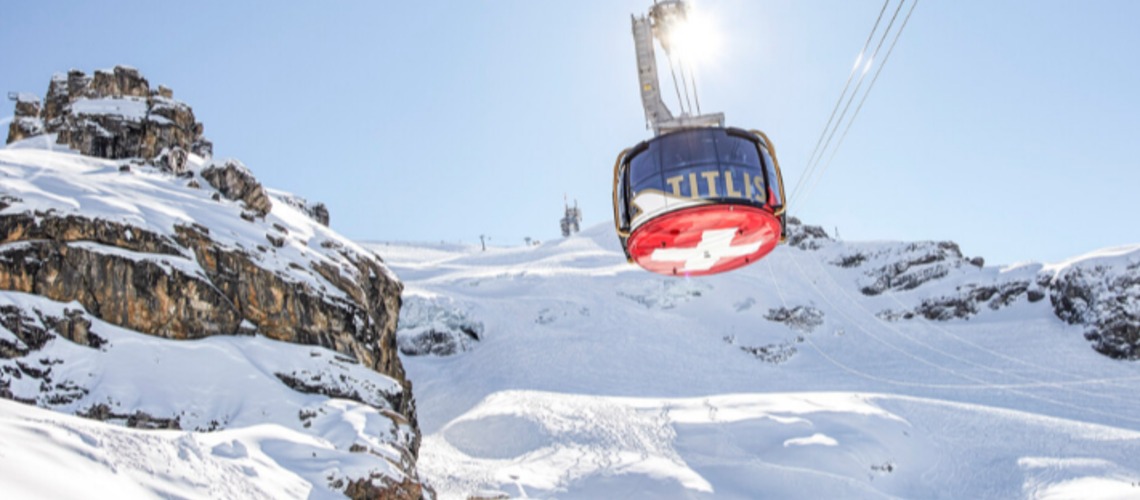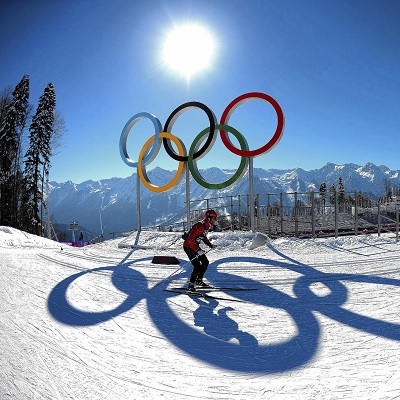Titlis Now Using Snow Farming To Combat Glacier Loss

The ski lifts on Titlis have been shut down since May 5th. Nevertheless, work is being carried out at full speed on the slopes. The glacier is being covered so that it can survive the warm summer months as unscathed as possible. The employees of the piste and rescue service become "snow farmers" during this time.
Stefan Hallenbarter can understand the frustration of snow sports fans to some extent. After all, at the beginning of May, when the season officially ended on Titlis, the conditions were still perfect. But the head of the piste and rescue service (PRD) not only has understanding for the guests, but also a heart for the glacier. And for the eternal ice at 3,000 meters above sea level, the earlier end of the season is a blessing.
Fleece saves two meters of snow cover
"We currently have a five-meter-thick layer of snow up by the glacier lifts," explains Hallenbarter. "By the end of May, about two meters of it would have melted away. The spring weeks make a huge difference." Instead of exposing the snow to the blazing sun, the glacier is covered with a waterproof and UV-resistant synthetic fleece. "In total, we cover around 90,000 square meters of area with fleece," says Hallenbarter. "This prevents around two meters of snow from melting away across this entire area." Covering with fleece therefore saves around 180,000 cubic meters of snow over the summer. That would be enough to fill more than 70 Olympic swimming pools.
10 people are currently working on the Titlis on what is known as "snow farming". The PRD began creating snow reserves in January. Snow groomers are used to create 1.5-meter-high snow banks that are around 6 meters apart. The wind carries the snow to the banks, where it remains. In this way, natural snow reserves are created, for example to operate the glacier park with its igloo and slide in summer.
Snow becomes firn and later ice
But the primary aim of snow farming is to slow down glacier retreat and preserve the eternal ice for as long as possible. "By storing snow reserves and covering snow, we are helping nature to protect itself from the effects of climate change," says Stefan Hallenbarter. "In certain places, such as the ski slopes at the very top of the summit, we are also deliberately expanding the glacier by spreading snow there and covering it. Over time, the snow turns into firn and within about three years it turns back into ice."
The PRD will continue to look after the snow reserves on the mountain until the end of June, then it will be a summer break. But preparations for the season opening in October will begin at the end of August: the fleece will be removed from the glacier, crevasses will be closed, and the summit will be made ready for winter.
Then the principle of hope applies. Then Stefan Hallenbarter and his colleagues hope for cold temperatures and precipitation. For snow. For enough snow to keep the glacier going through the summer months for many years to come.














